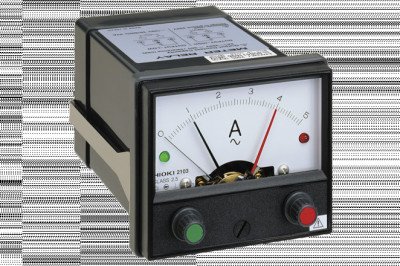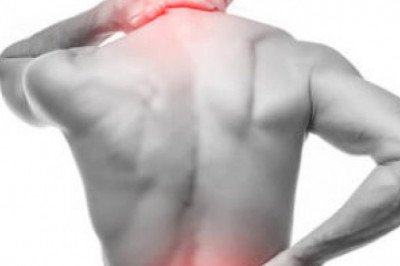views
The Features of medical parts ultra-precision machining
The 2020 epidemic has given the medical device industry a dynamic growth trend. The development and change of medical equipment and medical environment are closely related to people's lives. In today's world where technological innovation is developing rapidly, the processing of medical device parts is developing in a more precise and efficient direction. Medical parts ultra-precision machining has new features and difficulties.
The medical device industry is showing a dynamic growth trend. Medical device manufacturers are also continuing to look for better turning centers and tools to enhance their competitive advantages. This has also become an important channel for the growth of the tool industry.
The characteristics of medical parts ultra-precision machining are the difficulty of material processing, the complicated shape of the workpiece, and the frequent production of small batches. These three characteristics place high demands on the cutting tools used for processing professional medical equipment. Such as transplantation products and artificial limbs, play a very important role in successful surgical operations, and can help surgeons achieve the best medical results. The knives used to process medical devices largely determine the quality of medical devices.
In addition, the characteristics of medical parts ultra-precision machining include high technical requirements, low fault tolerance, and high requirements for the production environment. Because it is the processing of medical device parts, there are high requirements for the cleanliness of the processing environment, and the disinfection of the staff, production machines and workshops must be done well. At the same time, the medical parts ultra-precision machining has high requirements for precision. Therefore, in order to ensure the precision of parts, the fault tolerance rate of production is very low.

What are the difficulties in medical parts ultra-precision machining?
1. Precision is the most basic requirement in processing
Tolerances in the micrometer range are common in the medical industry, and choosing the right tool requires keen insight and rich experience.
2. Stable and efficient production equipment
Generally speaking, the medical device industry is different from other mechanical processing industries in three points: First, the requirements for machine tools are relatively high. Advanced medical equipment processing equipment such as Swiss automatic lathes, multi-spindle machine tools and rotary tables are completely different from the usual machining centers and lathes. They are very small in size and very compact in structure. To comply with such requirements, medical parts ultra-precision machining requires no errors in the production process and stable production quality.
3. It requires high processing efficiency. For the medical parts ultra-precision machining, the most important thing is the machining efficiency, that is, the machining cycle.
Third, in terms of the workpiece itself, it is very different from other mechanical parts. Medical devices implanted in the human body first require a very good surface finish, a very high precision, and no deviation. In addition, because other medical device parts are medical, they need to be processed and preserved in strict methods, and the high-quality requirements cannot be ignored while ensuring the improvement of efficiency.
Medical parts ultra-precision machining is a job that requires high quality and quantity, and has high requirements for production conditions and production environment. Suppliers of medical device parts should take the ultra-precision processing of medical device parts seriously.











